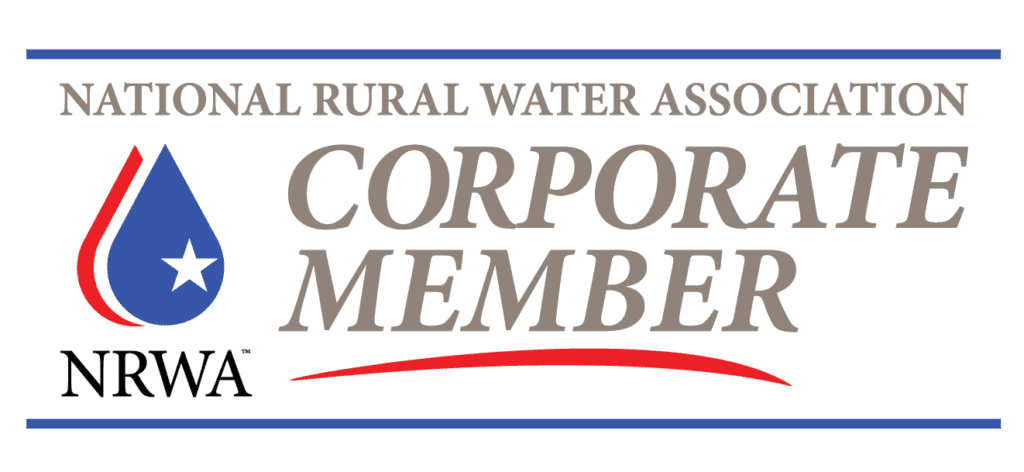YOU CAN STILL JOIN THE PFAS LAWSUIT
**Important DEADlines **
COMPLETE THE FORM BELOW
Napoli Shkolnik partnered with The National Rural Water Association (NRWA) to bring together utility systems from across the country, affected by PFAS contamination, to create the PFAS Cost Recovery Program to help water and wastewater systems recoup money spent on treatment and remediation.
SETTLEMENT INFORMATION
$12.5 Billion Settlement with 3M Company
Read the Press Release:
Judge Approves Historic $12.5 Billion 3M Settlement to Clean America’s Water Supplies
$1.185 Billion Settlement with Dupont, Chemours, Corteva
Read the Press Release:
Historic $1.18 Billion Settlement Approved with DuPont to Clean America’s Water Supplies
$750 Million Settlement with Tyco Fire Products LP
Read the Press Release:
Napoli Shkolnik’s Paul Napoli and AFFF MDL Co-Leads Secure $750 Million Settlement with Tyco Fire Products LP in AFFF MDL
COMPLETE The Form to PARTICIPATE IN THE LITIGATION AND SETTLEMENT
LEADING THE FIGHT FOR WATER DISTRICTS AROUND THE COUNTRY
More than 1500 drinking water systems across the U.S. may be contaminated with PFOA and PFOS.
According to a May 2018 Environmental Working Group (EWG) Report.
WHAT ARE PFAS?
PFAS or perfluorochemicals also called perfluoroalkyls³ are a group of man-made chemicals that include PFOA, perfluorooctanoic acid, and PFOS, perfluorooctane sulfonic acid. As a group, these chemicals are persistent in the environment and remain in your blood for many years. How many people are exposed? Currently, over 15 million Americans are drinking water polluted with PFCs,² while up to 110 Million Americans could have PFAS-contaminated drinking water.
HEALTH EFFECTS:
Studies have shown that PFOA and PFOS can cause “reproductive and developmental, liver and kidney, and immunological effects in laboratory animals… Both chemicals have caused tumors in animal studies.”
EXPOSURE
People can be exposed to PFAS through food, drinking water, and/or biodegradation of consumer products. PFCs are readily absorbed by the body and once ingested they may persist in the body for long periods of time.
WHERE ARE PFAS FOUND?
- Foams used to fight fires
- Furniture and carpets treated for stain resistance
- Treated clothing that is stain resistant or waterproof
- Fast food or packaged food containers, such as french fry boxes, pizza boxes, hamburger wrappers, and microwave popcorn bags
- Makeup and personal care products, such as dental floss, pressed powders, nail polish, and shaving cream with ingredients that have ‘perfluoro’ in the name
- Floor care products
- Cleaning products
WHERE DID PFAS EMISSIONS COME FROM?
PFAS do not occur naturally in the environment. They have been manufactured for more than 50 years. PFOS and PFOA are a group of first-generation of PFCs that are being phased out due to their potential hazards.” These hazards have resulted and will result in litigation and a number of national and international legislative bans worldwide. Despite the EPA’s Lifetime Health Advisory and established Maximum Contaminant Levels (MCLs) for PFOA and PFOS, PFC contamination from AFFF persists.
Polluters need to be held accountable for their contamination, which water districts must remediate with customer money.
Join the NRWA PFAS LawsuitSettlement Allocation Estimates
Download Press Release$750 Million Settlement
Download Press Release$12.5 Billion Settlement
Download Press Release$1.185 Billion Settlement


Litigation Combats Hazards of Aqueous Film-Forming Foam Products


